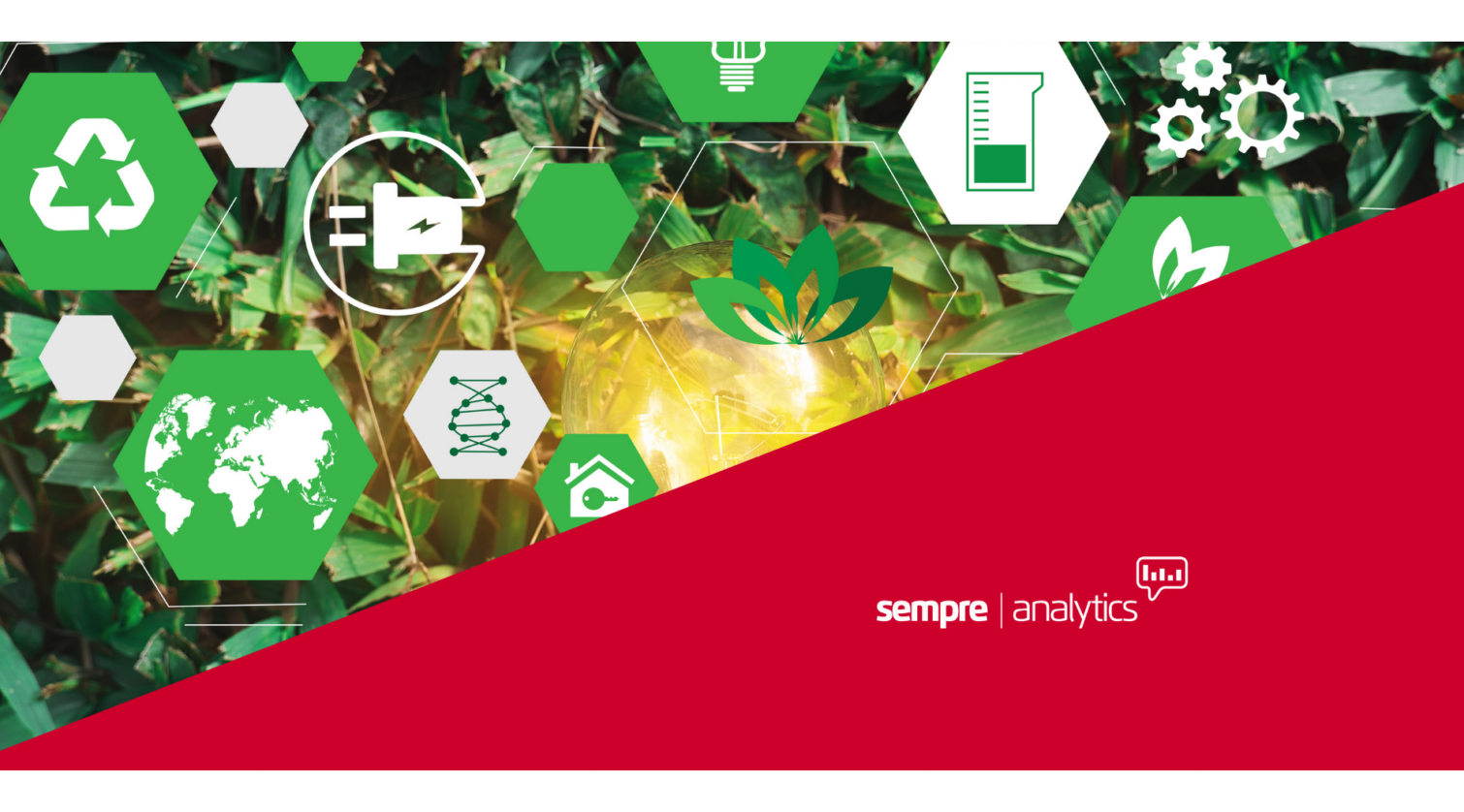
Can you move, connect, surface and automate your data to operate successfully in the new world order?
Whilst the world continues to adjust to the new normal given all the challenges it has faced these past 18 months, unquestionably this has had an impact on how we as humans think, behave, interact, consume and ultimately lead our lives.
The ripple effect of the changes to our behaviours is having a significant impact on any organisation that is manufacturing or selling goods, offering financial and insurance services, or constructing homes, buildings and infrastructure
Achieving better outcomes for the planet itself is now an additional focus on top of the ongoing pressure to protect profits or increase revenue, with sustainability becoming an even greater test than ever before in our working lifetime.
One of the ways that organisations are dealing with these challenges is how they manage the data supply chain. Here are my four steps to success when it comes to getting the most value from your data ecosystem:
Step one: Move Data
Where this starts does not always get the same headlines or attention as certain data analytical approaches such as AI. However, applying good Data Integration is the only way an organisation is going to be able to move data efficiently so that it can be acted upon in a timely manner. Whether this is moving data from transactional systems to CRM systems to use for customer marketing, or moving data to support the optimisation of supply chains, organisations today are using leading data integration platforms such as Informatica to rapidly improve the quality of data integration, providing greater re-use of data and consistency of data.
Step Two: Connect Data
Once you have a good data integration across your applications and systems, the next step is to connect your data across your corporate functions to ensure your organisation can react and make smart decisions when faced with a sudden or continuous change in revenue, expenditure, or operations. Many organisations today are using planning solutions such as IBM Planning Analytics or Anaplan to analyse and report on their Finance business. Where real business value of planning comes is when you can connect your functions right across your business from Finance, Sales, Marketing, HR, and Operations. This is where true Scenario Planning can happen, and decisions can be taken that are understood right across the organisation.
Step Three: Surface Data
By the time we reach the third step in the data supply chain, you have data integration across our applications and systems and the data is now connected across all corporate functions. The time is now to surface the data to business decision-makers and operational colleagues so the business can make smart decisions. Organisations need to uncover hidden patterns and insights in data such as how much stock is required to meet demand, or where customers are showing intention to acquire more services from your business. These business opportunities are possible with BI self-service capabilities such as IBM Cognos Analytics to accelerate data preparation, analysis, and actionable insights to foster smarter decisions.
Step Four: Automate Data
The final step in your data supply chain comes from applying Intelligent Automation inside your organisation. Intelligent Automation (IA) is a combination of Robotic Process Automation (RPA) and Machine Learning (AI) technologies to accelerate digital transformation.
Organisations today are applying RPA technology such as Automation Anywhere across their business and in particular, the Finance function, where 30% of all RPA automation is applied to performs manual, repetitive, and rule-based activities traditionally performed by colleagues. Organisations are leveraging a digital workforce to streamline manual processes to improve operations and reduce cost, accelerate financial close to provide timely information for business decision-making, tighten controls to improve accuracy and compliance with regulatory requirements and make the human workforce more productive, motivated, and focused on value-added activities.
As well as using RPA to automate manual repetitive tasks, organisations are now investing in AI platforms such as DataRobot for Automated Machine Learning to learn from the past to build models that can predict the future. AI machine learning is enabling organisations to predict if housebuilding site plots will be completed on-time, or how Manufacturers can predict the optimal volume of materials they need to produce products, or whether service companies can predict which products are best for cross-selling to drive successful next best offer campaigns.
If you are not already moving, connecting, surfacing or automating your data, now is the time! Sempre Analytics is here to help you deliver better business outcomes through the intelligent use of data. Chat to us about how.













